

Full of anime tropes and colourful sprites, the Disgaea series is a rite of passage for all fans of quirky, strategy-based role-playing games. In this fifth entry, the powerful demon Void Dark is systematically taking over every single netherworld, leaving a trail of destruction in the wake of his million-strong Lost army.
It’s up to you to battle your way through the hordes to reach him, banding together with the demons you meet on your way, all in the name of revenge. Your companions are a rag-tag bunch of misfits who don’t always get along, and the game world has a similar feel to it, with moments of excellence rubbing shoulders with baffling irritants.
The game takes place over a series of grid-based maps filled with enemies and obstacles that you need to overcome by shuffling your heroes around to take advantage of turn-based combo attacks and spells in order to eliminate your foes. Disgaea 5 also sees the introduction of the revenge meter, which fills when you or your friends take damage and can be used to unleash devastating attacks. When you’re not out fighting on one of the game’s numerous worlds, you’ll find yourself meandering around a central hub world filled with shops, extra quests, and exploding penguins.
While the cast is generally well-rounded with plenty of quirks that make for some amusing sequences, main heroes Killia and Seraphina feel like poor stand-ins for original characters Laharl and Etna. In an attempt to capture the magic of the first Disgaea game they both share design cues from their their forbears, but lose any sense of their own personalities in the process. They especially feel lacking when you start to round up more cohorts to your cause; the musclehead Red Magnus has more personality in a single bicep than they do combined.
The hub world music is also awful. Yes, it’s meant to sound like a cheesy dive bar, but when you spend most of your game hanging out in an area that assaults your ears with off-key warbling, it’s incredibly irritating. It also feels at odds with the game you’re playing. The first Disgaea has a cheeky, Halloween-inspired beat to it that perfectly sets the scene for demonic escapades, but the score for Alliance of Vengeance is distractingly out of place.
That sense of conflicting parts mashed together can also be felt elsewhere. The Disgaea series is well known for its complicated, multi-layered brand of strategy that can be incredibly intimidating to get into, but this fifth entry makes a conscious effort to guide you in smoothly. Lifting and stacking your heroes to throw them to new areas of a map feels a lot easier to get to grips with, and Geopanels - a mechanic that sees colour-coded floor panels giving you different stat effects - are introduced in a way that doesn’t overwhelm. The tutorial makes for a great entry point for newcomers, so it’s a real shame that the story requires knowledge of the Disgaea universe to get into.
If you’re familiar with netherworlds and demons, you already know that each character having exaggerated flaws is the whole point of the game (they are all evil after all) but there’s no real set up to help people understand that. Instead you’re thrown straight in to meet the incredibly stuck-up and spoilt Seraphina, before a dull and disinterested Killia wanders in stage left. It takes another two hours, and the introduction of the other more outlandish characters, before they start to actually make sense in the context of their world.
It’s a shame because once you reach the point where you can start experimenting with battle strategy it’s a delight. Maps feel suitably challenging without requiring quite as much grinding as previous entries, and the new vengeance system that sees a meter fill up every time you or an ally takes damage is a welcome new toy to play with. Combat is still grid based, but with a higher emphasis on lifting and throwing mechanics it’s easier than ever to get around. You’ll also find all of the regular Disgaea trappings, such as the randomised item world, as well as a few new ones, like the introduction of quests to get items and unlock new classes.
If you turn the volume down and skip through the story you’ll find yourself with a neat strategic battler that seemingly goes on forever, but it’s hard to get by with just that part of a game when you’re paying for the full package.
This game was reviewed on PS4. A version of this review appeared in GamesMaster magazine.


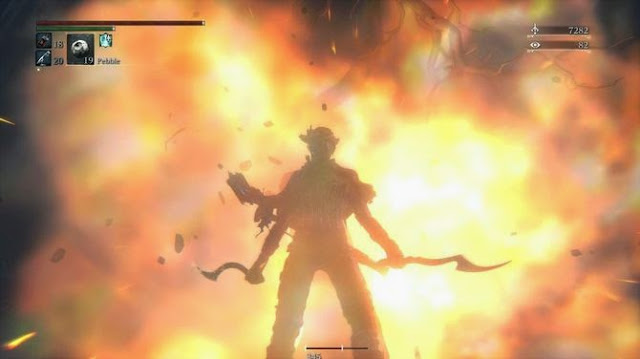
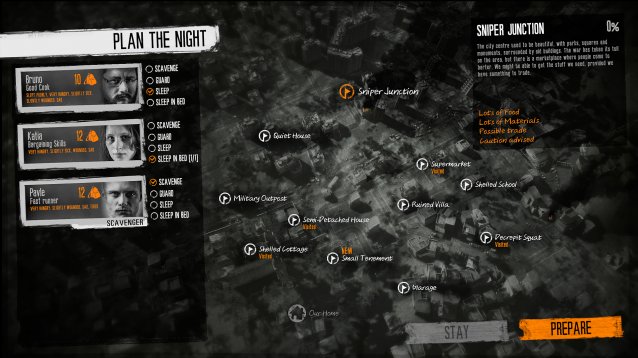
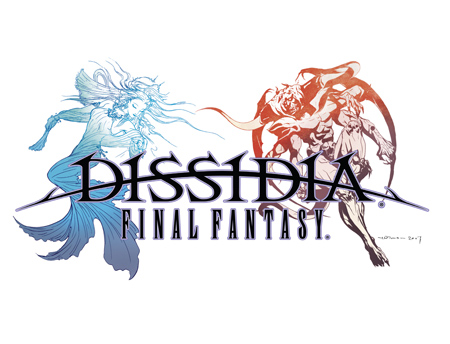 Dissidia: Final Fantasy Guide
Dissidia: Final Fantasy Guide Why Adele Is Wrong to Stop You Streaming Her New Album
Why Adele Is Wrong to Stop You Streaming Her New Album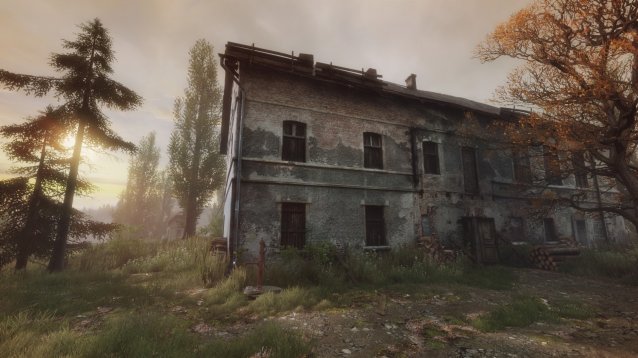 Review: The Vanishing of Ethan Carter
Review: The Vanishing of Ethan Carter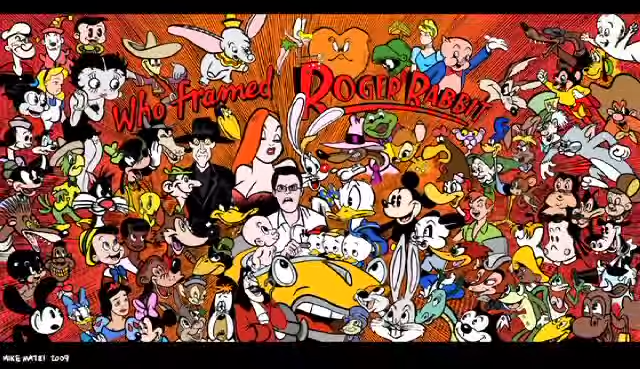 Interview With Mike Matei Of Cinemassacre Part 2 - The Future
Interview With Mike Matei Of Cinemassacre Part 2 - The Future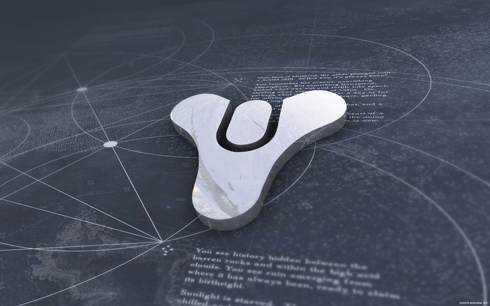 How to fix Destiny Boar and Bull Error Codes and more For PlayStation and Xbox
How to fix Destiny Boar and Bull Error Codes and more For PlayStation and Xbox